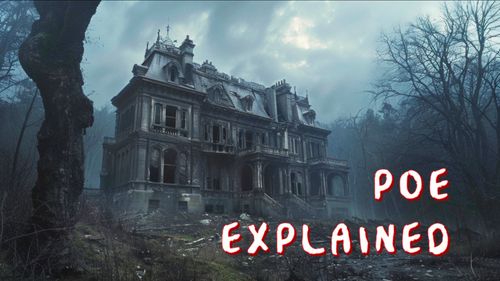The Fall of the House of Usher (Super Summary): Top 10 Insights into Poe's Gothic Horror
Mar 25, 2024 · 2 mins read
0
Share

"The Fall of the House of Usher" by Edgar Allan Poe is a masterpiece of gothic horror, where a decaying mansion mirrors its inhabitants' descent into madness.
Save
Share
The story begins as the unnamed narrator arrives at the eerie Usher estate, greeted by a sense of dread that foreshadows the chilling events to unfold.
Save
Share
Roderick Usher, the master of the house, is plagued by a mysterious illness, his senses acutely sharpened to an almost supernatural degree, embodying the house's decay.
Save
Share
The Usher family, described as a direct line with no branches, hints at incestuous undertones, adding a layer of taboo to the family's tragic history.
Save
Share
Madeline Usher, Roderick's twin sister, is a spectral presence, her cataleptic state blurring the lines between life and death, a living metaphor for the house itself.
Save
Share
The house, almost a character in its own right, reflects the Usher family's deterioration, with its fissured structure symbolizing the cracks in their lineage and sanity.
Save
Share
Poe masterfully uses the setting to evoke a sense of claustrophobia and impending doom, with the tarn surrounding the mansion acting as a barrier to the outside world.
Save
Share
The climax, Madeline's terrifying return from her premature burial, is a shocking twist that leads to the ultimate destruction of both the Ushers and their ancestral home.
Save
Share
Poe's use of unreliable narration leaves readers questioning the reality of the events, adding to the story's haunting ambiguity and psychological depth.
Save
Share
"The Fall of the House of Usher" is not just a tale of terror but a profound exploration of fear, isolation, and the human psyche, proving that the true horror often lies within.
Save
Share
0